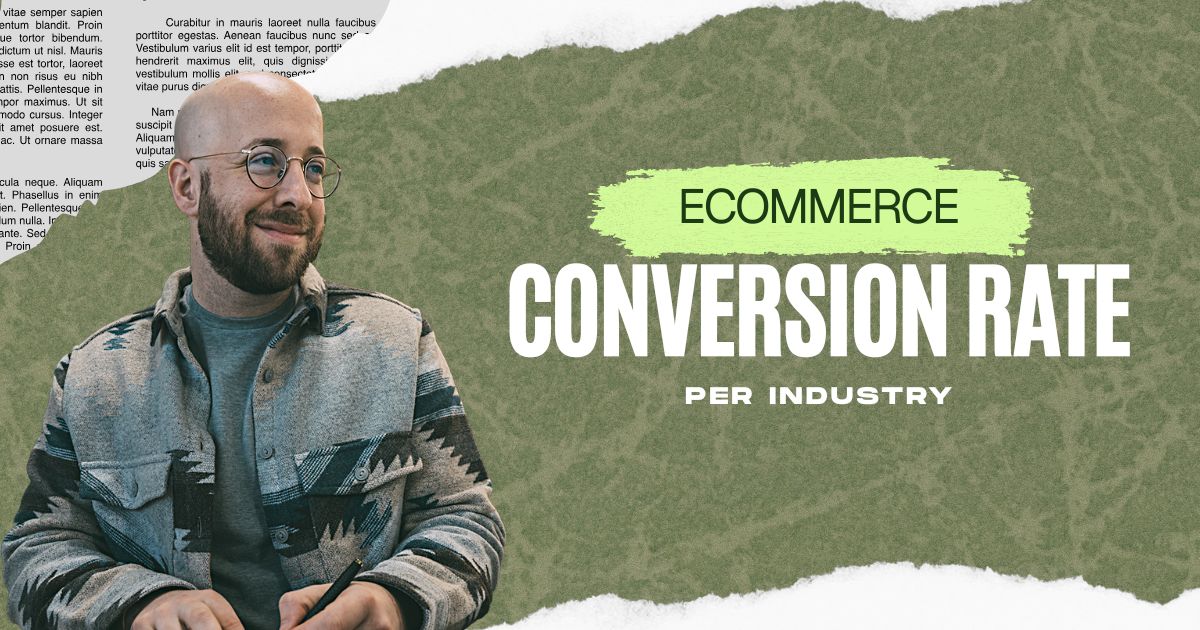Design thinking companies apply Rapid Prototyping as an innovative way to improve their products by creating a quick prototype, test it out, and improve!
By
Philip Wallage
•
Dec 25, 2025
Design thinking companies are always looking for new and innovative ways to improve their products. One of the best ways to do this is through rapid prototyping. This process allows you to quickly develop a prototype of your product, test it out, and make changes based on feedback. In this article, we will discuss how design thinking companies apply rapid prototyping and how it can help improve your new ideas and product development process!
What is rapid prototyping and how does it work in the design thinking process?
Rapid prototyping is a way to create a prototype of your product quickly and efficiently. The goal is to get feedback early and often so that you can make changes to your design before it goes to production. This process can be especially helpful when you're developing a new product or service, as it allows you to test out your ideas with real users.
There are a few different ways to create prototypes, but the most common method is to use software like Figma or Sketch. You can also create physical prototypes with materials like cardboard or paper. The important thing is that your prototype is realistic enough to get feedback from users.
In Design Thinking, rapid prototyping is used as a way to test out ideas and get feedback from users. This process allows you to quickly create a prototype of your product, test it out, and make changes based on feedback.
There are plenty of ways to communicate and test new ideas during your product development. No matter if you're creating sketches of your concept - or building a clickable prototype with software. Every project can benefit from the expertise of a Design thinking company by including the market when designing solutions.
In the Design Thinking (design process) design teams turn a product idea (or many ideas) into a prototype that the business wants to market to customers. These solutions don't require us to develop an entire solution. We're often creating a concept that we can research before development.
In Design Thinking, rapid prototyping is used as a way to test out ideas and get feedback from users. This process allows you to quickly create a prototype of your product, test it out, and make changes based on feedback.
How do companies use rapid prototyping to improve their products or services?
There are a few different ways that companies use rapid prototyping to improve their products or services. The most common way is to use it during the ideation phase when you're first developing your product or service. This process allows you to quickly create a prototype of your product, test it out, and make changes based on what your users have to say.
Another way that companies use rapid prototyping is to test out new features or changes before they're released to the public. This allows you to gather feedback from users and make sure that the changes are actually improving your product or service.
What are some benefits of using rapid prototyping in the workplace
The way design thinking companies apply rapid prototyping has quite a few benefits for any company. A big one is that rapid prototyping allows you to get feedback from users quickly and efficiently.
Get feedback early and often
Design Thinking companies understand the importance of getting feedback early and often. That's why they use rapid prototyping to create prototypes of their products or services and get feedback from potential customers as soon as possible. By doing this, they can make sure that they're on the right track and making something that people actually want.
Cost reduction
Creating rapid prototypes isn't only valuable for validating your idea. It's actually a real cost-saver! Design thinking companies know that making changes early on is much cheaper than making changes after a product has gone into production.
By using rapid prototyping, companies can reduce the amount of money they spend on product development. This process allows them to make changes quickly and efficiently, without having to go through the entire production process again.
Helps gather feedback from users about changes
Changing features or redesigning products can be a scary process. But by using rapid prototyping, companies can test out their changes with real users before they're released to the public. This allows them to gather feedback and make sure that the changes are actually improving their product or service.
Eliminate or reduce risk
Risk is a big part of product development. But by using rapid prototyping and the design thinking process, companies can eliminate or reduce the risk of making changes to their products. This process allows them to make changes quickly and efficiently, without having to go through the entire production process and testing the finished product again.
Reduce development cost
When we're talking about the cost of developing a new product, we're talking about substantial investments. Rapid prototyping reduces the cost of development by allowing companies to make changes quickly and efficiently. This process allows them to get feedback from users early on, so they can make sure that they're on the right track.
Common Rapid Prototyping mistakes to avoid
Not focussing on multiple ideas or versions
When you're rapid prototyping, it's important to focus on multiple ideas or versions. This allows you to explore different options and find the best solution for your problem.
Not getting feedback from users early enough
Another mistake that companies make is not getting feedback from users early enough in the process. This can lead to wasted time and resources spent on developing a product that no one wants.
Not talking to plenty of people
As a Design Thinking studio, we like to see the validation of a rapid prototype as a part of market research. It takes some creative confidence to show a non-finished product. But by our design process, we are required to test with at least five people. Preferably in the early stages.
Taking feedback too personal
It's important to remember that feedback is just that: feedback. It's not a personal attack on your product or yourself. Try to take it in stride and use it to improve your product.
Not being open to change
When you're rapid prototyping, you have to be open to change before (and perhaps even during) your development process. This means being willing to pivot based on what you're learning from from users. If you're not open to change, you'll miss out on the benefits of rapid prototyping.
Failing to iterate
Finally, one of the most common mistakes is failing to iterate. Rapid prototyping is all about iteration. Having an iterative process is essential to Design Thinking. You have to constantly be testing and tweaking your product based on what you're learning in your interviews.
How can you apply rapid prototyping in your own life or work?
Start by brainstorming a few ideas for products or services that you want to create. Then, create a prototype of each one. Once you have your prototypes, start testing them out with potential users. Gather feedback and use it to improve your prototypes. Iterate as often as possible to make sure that you're making the best product possible.
Applying rapid prototyping isn't rocket science. If you're feeling hesitant about starting out, feel free to join our BTNG community and ask any questions you have!
In conclusion, give rapid prototyping a chance. It has helped Design Thinking companies a bunch and it might help you too.
Latest Blog Posts
More articles
Ecommerce Conversion 101
Why Stores Convert at 0.8% (And How to Get to +3%)
By
Philip Wallage
•
Dec 25, 2025
Ecommerce Conversion Rate by Industry
Explore the latest ecommerce conversion rates by industry in 2025. Discover key trends and insights to enhance your online sales strategies. Read more!
By
Philip Wallage
•
Dec 25, 2025
Product Page Elements That Increase Sales
I have spent 20 years auditing ecommerce product pages. During that time, I have watched designers and marketers burn weeks testing green versus blue versus orange Add to Cart buttons. They run A/B tests chasing fractions of a percent while the real conversion killers sit untouched.
By
Philip Wallage
•
Dec 25, 2025



